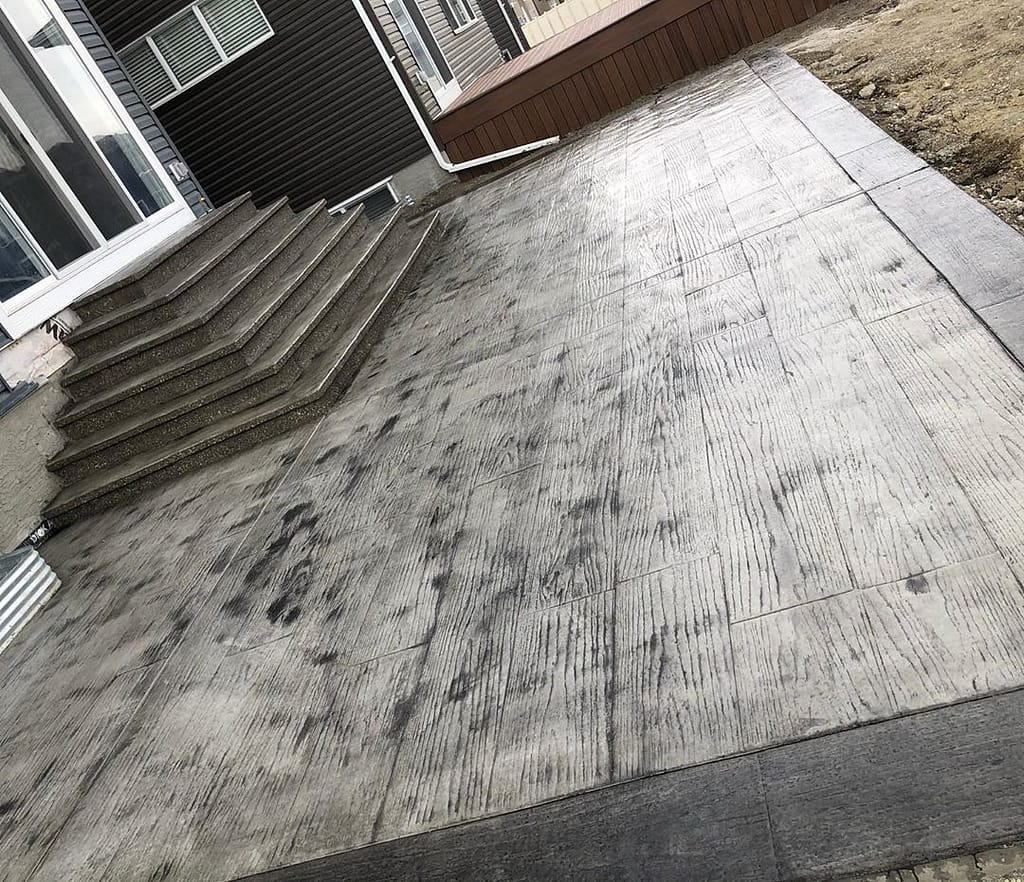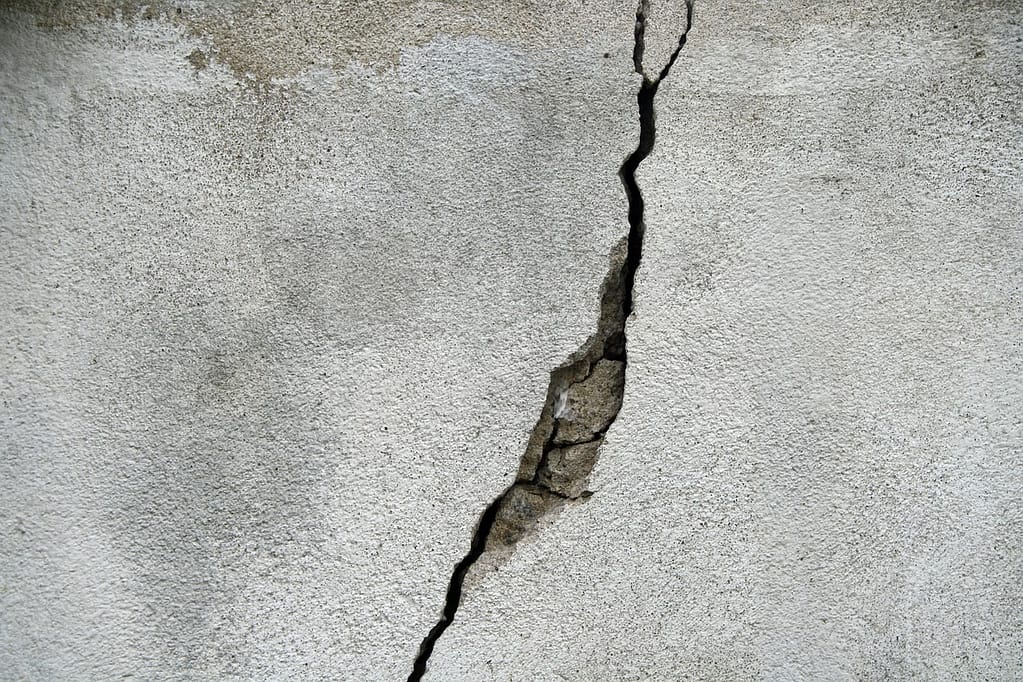5 Tips for Maintaining Your Concrete Surface: How to Keep Your Concrete Looking Like New
Concrete is a popular choice for driveways, concrete patios, and other outdoor surfaces due to its durability and low-maintenance properties. However, to maintain the appearance of your concrete surface and protect it from damage, regular maintenance is crucial.
In this blog, we will be discussing 5 tips for maintaining your concrete and keeping it looking like new. From cleaning and sealing to addressing weather-related issues, we will cover the necessary steps to prolong the life of your concrete and protect it from damage. Whether you have a plain concrete surface or a decorative stamped concrete project, these tips will help you keep your concrete looking like new.
| Tip Number | Key Takeaway | Description |
|---|---|---|
| 1 | Regular Cleaning | Clean concrete surfaces regularly to prevent dirt and stain buildup. |
| 2 | Seal the Concrete | Use sealers to protect concrete from water, chemicals, and wear and tear. |
| 3 | Repair Damage Promptly | Address cracks, chips, and stains quickly to prevent further deterioration. |
| 4 | Watch for Weather Damage | Protect concrete from weather-related issues like freeze-thaw cycles. |
| 5 | Regular Inspections | Inspect concrete surfaces regularly to identify and fix potential issues. |
Tip 1: Regular Cleaning
Maintaining the appearance and durability of a concrete starts with regular cleaning. Dirt and stains can easily accumulate on concrete, making it look unsightly and worn. By regularly cleaning your concrete surface, you can prevent the buildup of dirt and stains, and keep your concrete looking like new.
There are several cleaning methods that can be used to clean concrete. Pressure washing is a popular option, as it is efficient at removing dirt and grime. Scrubbing with a stiff brush and cleaning solution is also effective, but it requires more manual labor. For plain concrete surface, you can use a garden hose and a stiff brush to remove dirt, debris and stains.
When cleaning concrete, it’s important to use the right cleaning products. A mild detergent or a specialized concrete cleaner is best for removing dirt and stains. Avoid using acidic or harsh chemicals, as they can damage the surface of the concrete

Tip 2: Seal The Concrete
Sealing concrete surfaces is an important step in maintaining the strength and appearance of your concrete. Sealers provide a protective barrier against water, chemicals, and other elements that can cause damage over time.
There are different types of sealers available, including acrylic sealers, which provide a clear, glossy finish and are commonly used on stamped concrete, decorative concrete, and colored concrete. Epoxy sealers, which are more durable, are often used in commercial and industrial settings.
When choosing a concrete sealer, it is important to consider the specific needs of your concrete and the type of traffic it will be exposed to. For example, if your concrete is exposed to heavy foot traffic or vehicles, a higher-grade sealer may be needed to withstand the wear and tear.
It is also important to reapply sealer as needed, typically every 2-3 years, to ensure that your concrete remains protected. Failure to reseal can lead to cracking, staining, and other damage. To determine if your sealer needs to be reapplied, you can do a simple water droplet test by applying a few drops of water to the surface. If the water beads up and does not absorb into the concrete, the sealer is still effective. If the water is absorbed, it’s time to reseal.
Overall, sealing concrete is a simple and effective way to protect and maintain the aesthetics of your concrete. It is a cost-effective solution that can extend the life of your concrete surfaces while keeping them looking great.

Tip 3: Repair Damage Promptly
Concrete are durable and long-lasting, but they are not immune to damage. Common types of damage that can occur include cracks, chips, and stains. If left unrepaired, these damages can lead to further deterioration and decrease the overall look of the concrete.
It’s also important to use the right repair materials for the type of damage you have. For example, a crack caused by freezing and thawing cycles would require a different repair method than a crack caused by pressure from heavy foot traffic.
Another important step in repairing damage promptly is to clean the area thoroughly before making any repairs. This can be done by pressure washing or using a shop vac to remove dirt and debris. After cleaning, the concrete should be dry before applying any repair materials.
By following these simple tips, you can effectively repair damage to concrete and prevent further deterioration. This will help to protect your concrete surfaces and maintain their appearance for years to come.

Tip 4: Watch for Weather Damage
Concrete is durable and long-lasting, but they are not immune to the effects of weather. Extreme temperatures, heavy rain, and other weather conditions can cause damage to concrete over time. It is important to take preventative measures to protect concrete from weather damage in order to maintain its aesthetic and prolong its life.
One of the most common weather-related issues that can arise is freeze-thaw cycles. When water penetrates the concrete and then freezes, it expands and can cause cracks and chips in the surface. To prevent this, it is important to seal concrete with a high-quality concrete sealer. This will help to protect against water intrusion and prevent freeze-thaw damage.
Another weather-related issue that can impact concrete is heavy rain. When water is not able to drain properly, it can pool on concrete and cause staining and discoloration. It’s important to keep concrete clean and clear of debris to prevent water from pooling. Additionally, keeping your concrete sealed with a concrete sealer can help to protect them from water damage. It’s important to take preventative measures and maintain your concrete surfaces to extend their life and protect them from weather damage.
Tip 5: Regular Inspections
Regular inspections of your concrete surfaces can help identify potential issues before they become major problems. By taking the time to regularly inspect your concrete , you can catch and address issues early on, before they have a chance to cause significant damage.
During an inspection, be on the lookout for signs of wear and tear, such as cracks, stains, and discoloration. Also, pay attention to any areas where the concrete appears to be deteriorating or weakening. Other things to look for include signs of moisture damage, such as water seepage or mildew stains, and evidence of foot traffic or other forms of wear and tear.
If you do find any issues during your inspection, it is important to consult with a professional. A professional can help you determine the cause of the problem, provide recommendations for repair or maintenance, and help you make informed decisions about how to best protect your concrete . Remember, regular inspections and timely maintenance can help extend the life of your concrete and ensure that they remain in good condition for many years to come.

Conclusion
In this blog, we discussed five tips for maintaining your concrete to keep it looking like new. We covered the importance of regular cleaning, sealing, and inspection to prevent damage caused by weather, foot traffic, and other factors. We also discussed the importance of consulting a professional if any issues are found during an inspection.
It’s important to take the necessary steps to maintain your concrete to ensure they last for many years. Regular cleaning, sealing, and inspection can help identify potential issues before they become major problems. By following these tips, you can keep your concrete looking like new for longer.
For those who want to learn more about concrete maintenance, there are many resources available. Websites, books, and videos can provide additional information on the best practices for maintaining concrete surfaces. Additionally, consulting with a professional can help you understand the specific needs of your concrete surfaces and provide guidance on the most effective maintenance methods. Overall, maintaining your concrete surfaces is an important aspect of keeping your property looking great and ensuring it lasts for many years.
Concrete vs Pavers – What’s The Best
Concrete vs Pavers: A Complete Comparison Concrete and pavers each...
Read MoreUnderstanding Expansion Joints in Concrete: A Comprehensive Guide
Expansion joints in concrete construction are essential for managing the...
Read MoreHow to seal concrete : A Comprehensive Guide
Are you aiming to protect and prolong the life of...
Read MoreHow Long Does Concrete Take to Dry? Everything You Need to Know.
Understanding the intricacies of concrete drying is crucial for both...
Read More